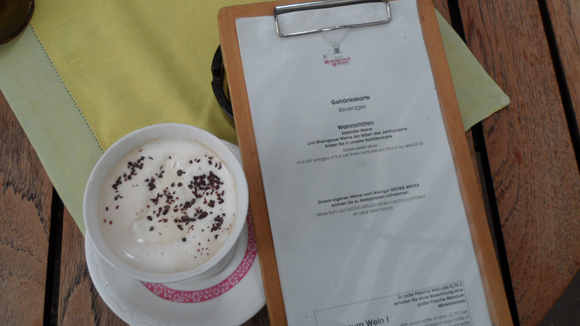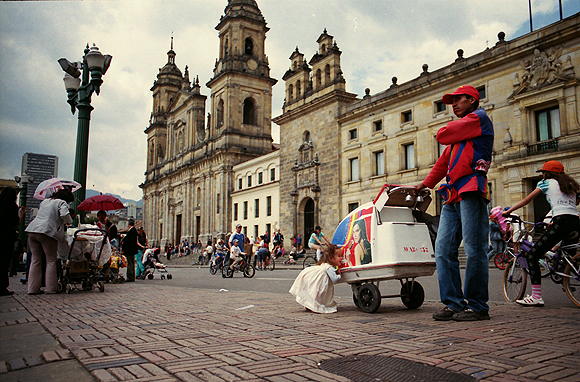On rainy days, my boyfriend often laments about sopaipillas (so-pie-pee-ahs). When the weather was gloomy, his mother would fry up a big batch of these Chilean pastries, as is the rainy day custom in her native country. She'd keep the finished sopaipillas in a basket and the family would snack on them all week long, choosing to cover them with either sweet or savory toppings. Sopaipillas have actually been known to be eaten in Chile since the early 18th century. Today, Chileans with a sweet tooth eat the pastries with a caramel-like sauce called chancaga or with honey or jam, while those looking for something savory cover it with avocado, butter, cheese, or pebre, a spicy Chilean condiment.
My boyfriend's mother passed away more than a decade ago and, to further complicate things, he has since discovered he has a gluten intolerance. Still, we were determined to re-create this Chilean staple. We tried once with not-so-good results, but this recipe — adapted from just cook already — gave us what we wanted. Although not as fluffy as normal sopaipillas, they did the trick and satisfied our rainy day craving.
[alert style="info"]
Gluten-Free Chilean Sopaipillas
9 ounces butternut squash (or any orange squash) 4 cups all purpose gluten-free flour 1/2 teaspoon baking powder 1/2 teaspoon baking soda 1 teaspoon salt two tablespoons sugar 1/2 cup butter PLUS vegetable oil for frying
- Cut squash into half-inch cubes and boil until they easily slide off a fork.
- Drain, reserving liquid, and mash with butter.
- In a mixing bowl, combine remaining ingredients and stir in squash mixture.
- Knead dough on lightly floured surface; add reserved liquid or flour if needed.
- Cover with a towel and let rest at least 10 minutes so the dough can rise.
- Roll dough to 1/8-1/4 inch thickness; cut into circles with a glass or use cookie cutters for desired shapes.
- Poke each disk/shape a few times with a fork.
- Heat vegetable oil in a skillet over medium-high heat; cook until golden on both sides.
- Drain on paper towels.
- Serve plain or with jam, honey, or fresh fruit.
Note: if you don't have a gluten intolerance, you can substitute regular flour to create sopaipillas the traditional way.
[/alert]









